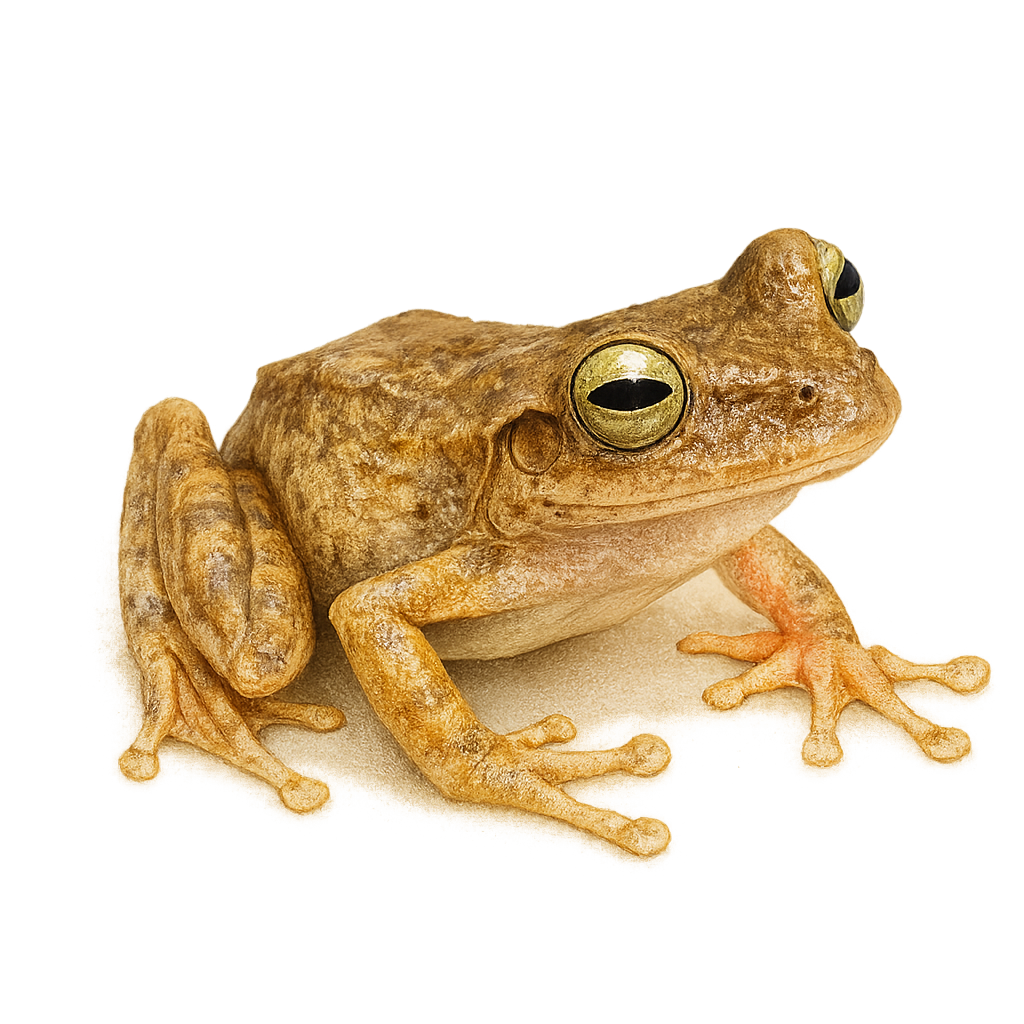Your wildlife photography guide.
Explore the emerald-eyed treefrog in detail, study its behavior, prepare your shots.
Where to observe and photograph the emerald-eyed treefrog in the wild
Learn where and when to spot the emerald-eyed treefrog in the wild, how to identify the species based on distinctive features, and what natural environments it inhabits. The WildlifePhotographer app offers tailored photography tips that reflect the emerald-eyed treefrog’s behavior, helping you capture better wildlife images. Explore the full species profile for key information including description, habitat, active periods, and approach techniques.
Emerald‑eyed treefrog
Scientific name: Hypsiboas crepitans

IUCN Status: Least Concern
Family: HYLIDAE
Group: Amphibians
Sensitivity to human approach: Suspicious
Minimum approach distance: 2 m
Reproduction period: November to December
Incubation: 8–10 jours
Births: December to January
Habitat:
tropical forests, swamps, wetlands
Activity period :
Mainly active at night, generally discreet during the day.
Identification and description:
The Emerald‑eyed treefrog, scientifically known as Hypsiboas crepitans, is a tree-dwelling frog native to tropical regions of Central and South America. It is characterized by its smooth skin and green coloration, which provides excellent camouflage among leaves. Typically measuring between 3 and 5 cm, this frog has adhesive pads on its toes, aiding in climbing. It is primarily nocturnal, feeding on insects. Its distinctive call, a crepitating sound, is often heard during humid nights, especially in the rainy season.
Recommended lens:
Macro – adjust based on distance, desired framing (portrait or habitat), and approach conditions.
Photography tips:
To photograph the Emerald‑eyed treefrog, a macro lens is recommended to capture the details of its skin and colors. Look for it at night, as it is primarily nocturnal. Use a flashlight to spot it, but avoid shining it directly for too long to prevent disturbance. Patience is key, as it can be suspicious. Try to capture its natural environment to provide context to your photos.
The WildlifePhotographer App is coming soon!
Be the first to explore the best nature spots, track rutting seasons, log your observations, and observe more wildlife.
Already 1 432 wildlife lovers subscribed worldwide

